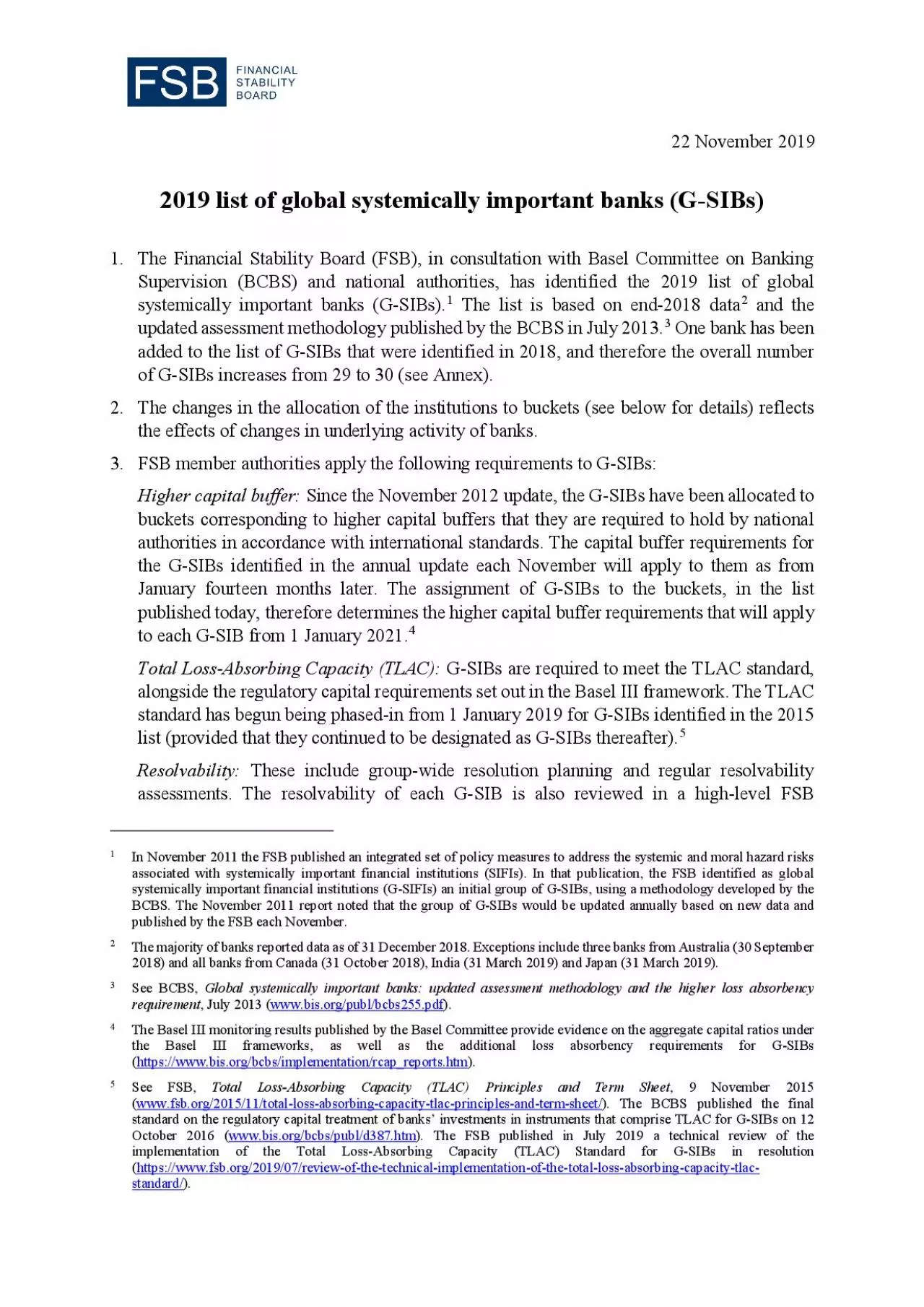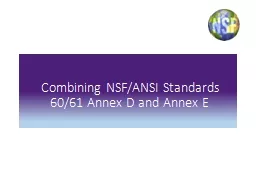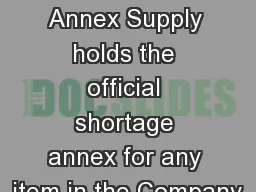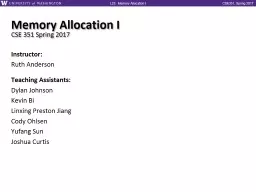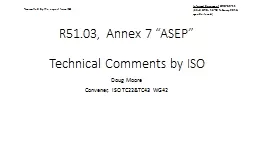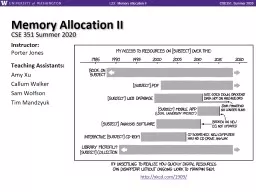PDF-Annex SIBs as of November allocated to buckets corresponding to requir
Author : gagnon | Published Date : 2021-08-04
EmptyJP Morgan ChaseCitigroupHSBC215 Bank of America Bank of ChinaBarclays BNP Paribas Deutsche BankGoldman SachsIndustrial and Commercial Bank of ChinaMitsubishi
Presentation Embed Code
Download Presentation
Download Presentation The PPT/PDF document "Annex SIBs as of November allocated to b..." is the property of its rightful owner. Permission is granted to download and print the materials on this website for personal, non-commercial use only, and to display it on your personal computer provided you do not modify the materials and that you retain all copyright notices contained in the materials. By downloading content from our website, you accept the terms of this agreement.
Annex SIBs as of November allocated to buckets corresponding to requir: Transcript
Download Rules Of Document
"Annex SIBs as of November allocated to buckets corresponding to requir"The content belongs to its owner. You may download and print it for personal use, without modification, and keep all copyright notices. By downloading, you agree to these terms.
Related Documents

